Panamax and Aframax Tankers: Oil Tankers with a Difference
There are different variations when it comes to oil tankers sailing on high seas. Of the many oil tankers prevalent today, two of the most famous are the Panamax tankers and the Aframax tankers.
These two oil tankers serve only a specific part of the world, and their names are also connected to the main area and expertise of their servicing in oceanic and sea waters.
Understanding Panamax and Aframax Tankers
Let us look at both the tankers in more detail.
Panamax Tankers
The Panamamax tankers operate in the Panama region, especially the Panama Canal. The tanker size is determined according to the size regulations the Panama Canal Authority (ACP) specified.
The size aspect is essential for Panamax tankers because if the size is not monitored while they are being constructed, it could pose problems later on.
Considering that the entrance and exit points of the Panama Canal are not as wide, regulations about the size of the Panamax tankers need to be maintained.
The first Panamax tanker began operations in 1914, and they are still as popular and useful as they were nine decades ago.
The Panamax tankers measure around 950 feet lengthwise, 106 feet widthwise, and 39.5 feet depthwise.
However, the most important aspect of the Panamax tankers is the size of the Panama Canal’s lock chambers. This part of the Canal plays a very strategic role in the tankers’ entering and exiting the Canal.
The lock chambers of the Panama Canal are approximately 1050 feet long, 110 feet wide, and 85 feet deep.
The New Panamax Project
The New Panamax project was initiated in 2006 and called for expanding the constrained lock chambers of the Panama Canal.
The stipulated size measurements for the New Panamax are around 1400 feet lengthwise, 180 feet width-wise, and 60 feet draft-wise. The business community that caters to the Panama Canal region has approved this proposed alteration to the lock chambers.
The proposed changes in the lock chambers mean bigger ships can transit the Canal.
Aframax Tankers
‘Aframax’ comes from the Average Freight Rate Assessment (AFRA) system. Aframax tankers became popular because of the size constraints posed when large oil tankers entered busy and congested sea routes.
The Aframax tankers generally weigh around or less than 1,20,000 DWT (Dead Weight Tons), which is a very strict stipulation. They usually ply in the European waters of the Black Sea.
In addition, these tankers are also found as cargo containers in the sea routes of the Caribbean Sea, North Sea, and the Mediterranean Sea.
It must be noted that amongst the major oil exporting nations in the world, the countries that export less oil than the Middle Eastern countries rely on the Aframax tankers.
This is because the quantities of oil exported from the Middle East are quite high, and most top exporting countries employ larger vessels to ship oil.
Due to the usage of such massive vessels, the sea routes tend to get blocked and given their size, Aframax tankers are a great asset.
The Panamax and Aframax tankers are feasible solutions to the problem of growing maritime traffic and congestion in sea lanes. By developing such easy-to-adopt solutions, every problem can be resolved.
You might also like to read-
- Different Types of Tankers: Extensive Classification of Tanker Ships
- LNG Tankers – Different Types And Dangers Involved
- What Are Gas Tanker Ships – Everything You Wanted To Know
- What are Shuttle Tankers?
- What are Tanker Ships?
Disclaimer :
The information contained in this website is for general information purposes only. While we endeavour to keep the information up to date and correct, we make no representations or warranties of any kind, express or implied, about the completeness, accuracy, reliability, suitability or availability with respect to the website or the information, products, services, or related graphics contained on the website for any purpose. Any reliance you place on such information is therefore strictly at your own risk.
In no event will we be liable for any loss or damage including without limitation, indirect or consequential loss or damage, or any loss or damage whatsoever arising from loss of data or profits arising out of, or in connection with, the use of this website.
Do you have info to share with us ? Suggest a correction
Latest Type Of Ships Articles You Would Like:
Disclaimer :
The information contained in this website is for general information purposes only. While we endeavour to keep the information up to date and correct, we make no representations or warranties of any kind, express or implied, about the completeness, accuracy, reliability, suitability or availability with respect to the website or the information, products, services, or related graphics contained on the website for any purpose. Any reliance you place on such information is therefore strictly at your own risk.
In no event will we be liable for any loss or damage including without limitation, indirect or consequential loss or damage, or any loss or damage whatsoever arising from loss of data or profits arising out of, or in connection with, the use of this website.
About Author
Marine Insight News Network is a premier source for up-to-date, comprehensive, and insightful coverage of the maritime industry. Dedicated to offering the latest news, trends, and analyses in shipping, marine technology, regulations, and global maritime affairs, Marine Insight News Network prides itself on delivering accurate, engaging, and relevant information.

About Author
Marine Insight News Network is a premier source for up-to-date, comprehensive, and insightful coverage of the maritime industry. Dedicated to offering the latest news, trends, and analyses in shipping, marine technology, regulations, and global maritime affairs, Marine Insight News Network prides itself on delivering accurate, engaging, and relevant information.
Subscribe To Our Newsletters
By subscribing, you agree to our Privacy Policy and may receive occasional deal communications; you can unsubscribe anytime.



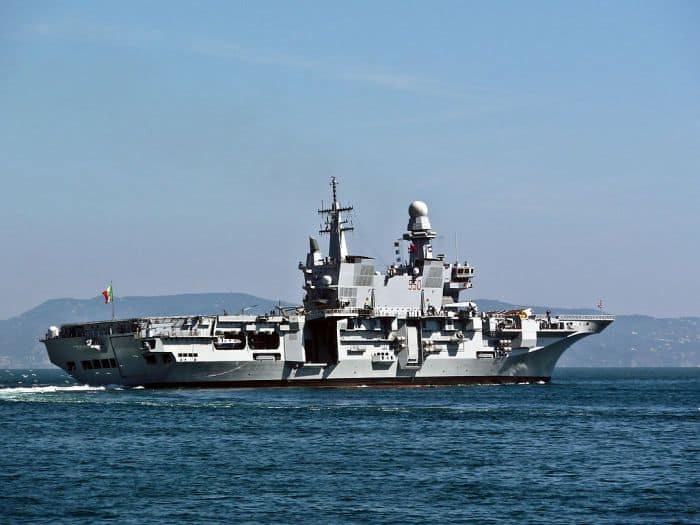
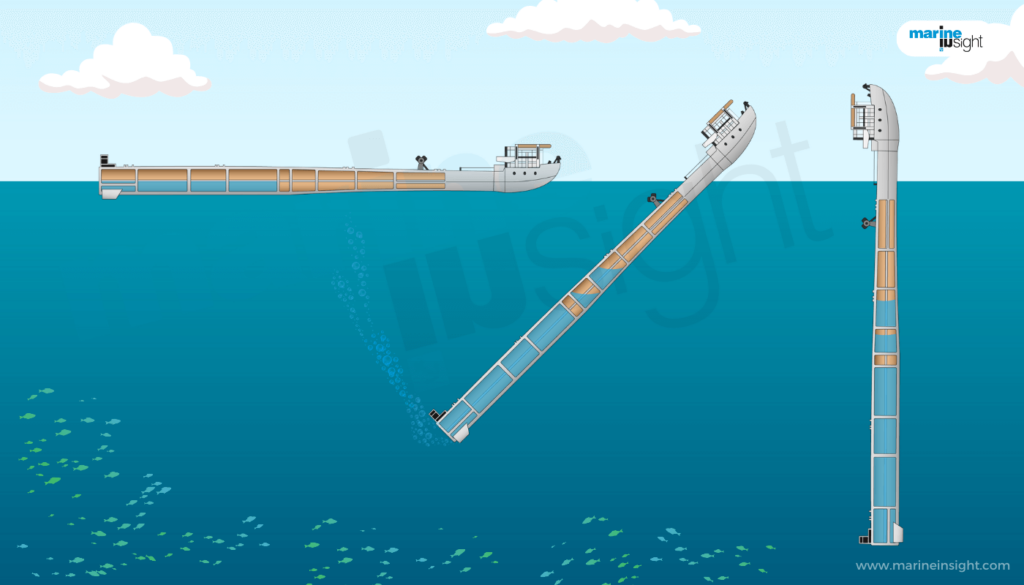

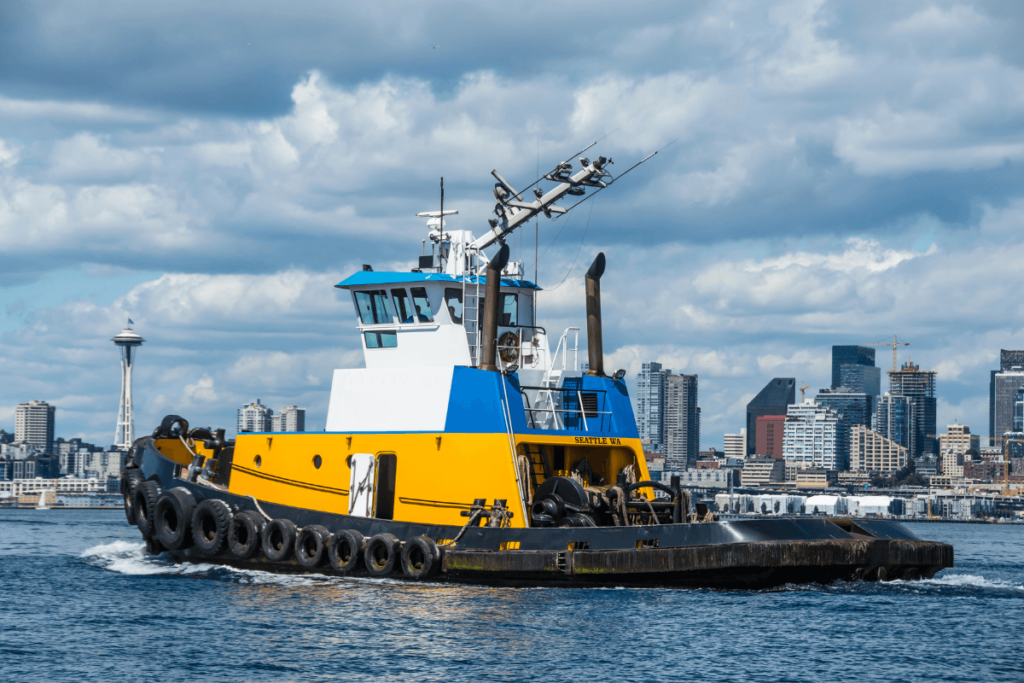

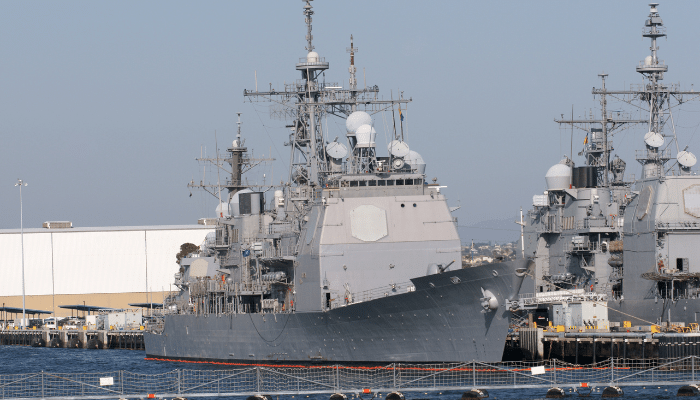

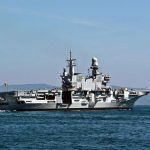
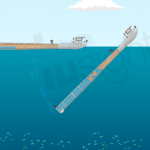
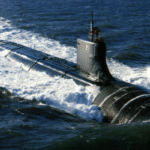
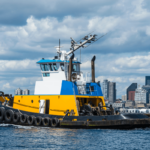
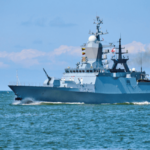
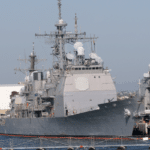
Appreciate your website, good info except believe Aframax maximum DWT shud be 120,000, not 12,000 as shown, thanx
Thanks for the Correction Fran. Really Appreciate.
danke in Swahili twasema shukran.in other words very helpful danke